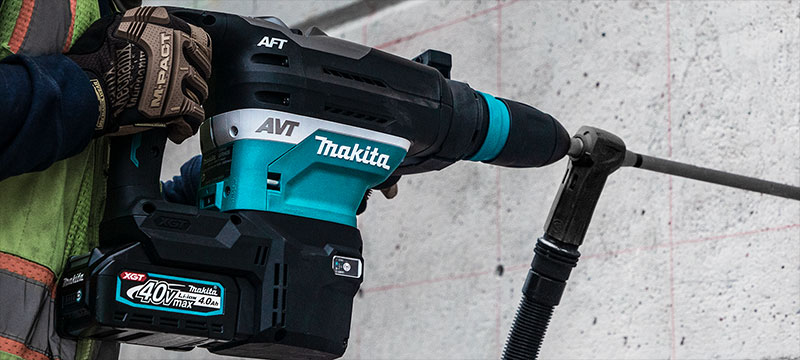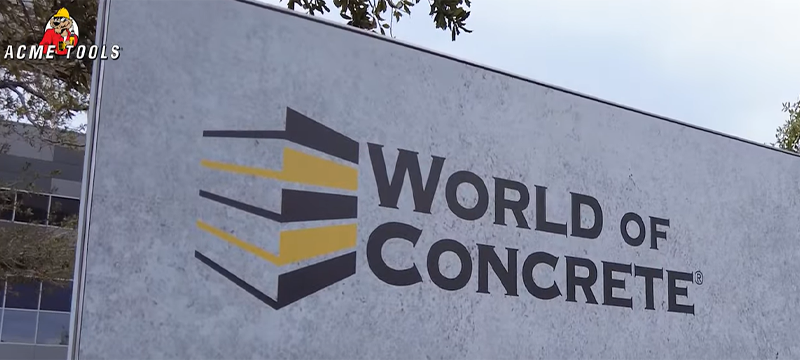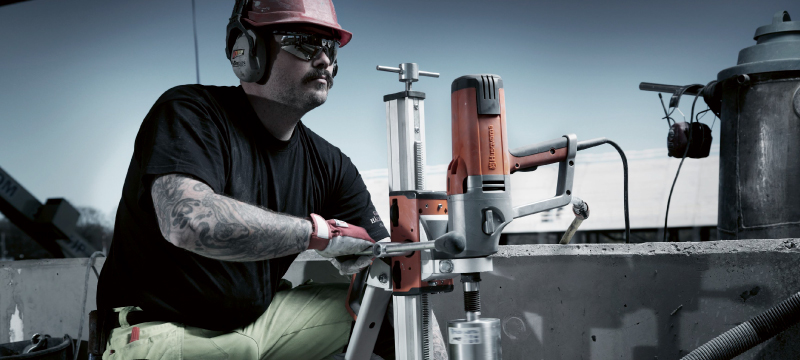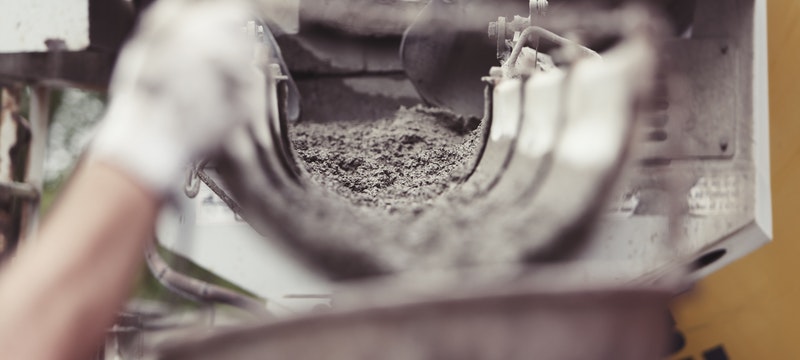Drilling into concrete and brick is a task that requires a specific set of tools to get the job done right. Whether you are a professional contractor or a DIY enthusiast, knowing which tools to use can make or break your project. This blog will explore the most effective tools and the best concrete and brick drilling techniques to make the job quick and easy.
Understanding Concrete and Brick
Before we dive into the tools themselves, it is essential to understand the difference between concrete and brick. Concrete combines cement, water, and aggregates, such as sand, gravel, or crushed stone. It is rigid, durable, and can be difficult to drill into. On the other hand, brick is made from clay or a mixture of clay and cement. While not as hard as concrete, drilling into it can still be challenging.
The Hammer Drill
A hammer drill is the initial tool for drilling into concrete or brick. Its design enables it to drill into hard materials such as concrete and brick. The hammer drill combines rotary motion and percussive action to break through the material. When choosing the right Makita drill for concrete, remember that some hammer drills have a built-in hammering feature.
- Other drills may need an additional hammering attachment.
Masonry Drilling Tips
Next, you’ll need drill bits made specifically for masonry work. Carbide or diamond-tipped are typically the best drill bits for concrete and masonry because of their extra durability. The bits can range from one-eighth inch to one inch or larger. The right size bit for the hole is vital. If it is too small, it can break.
- If it is too big, it creates an unsightly hole.
Safety Gear
Besides a hammer drill and masonry bits, it is essential to take some safety precautions when drilling into brick or concrete. A dust mask prevents breathing in concrete dust containing harmful silica particles. Safety goggles will protect your eyes from flying debris.
- Finally, you can use a vacuum or brush to clean up the dust as you work.
Using the Tools Effectively

Now that we have covered the Makita tools you need, let us discuss how to use them effectively. First, mark the hole where you must drill utilizing a pencil or chalk. Double-check that the spot is level, plumb, or perpendicular to your drilling surface.
Next, insert the correct size masonry bit into the hammer drill. Turn the drill on and apply pressure to the surface you are drilling into. The hammer drill will create an initial hole, and then the rotary motion will continue to enlarge it to the desired size.
- Keep the drill perpendicular to the surface to ensure a straight hole.
As you drill, periodically remove the bit from the hole to clear the dust. Keeping it clear of dust helps the bit cool down and prevents it from getting clogged with debris. Once you have reached the desired depth, turn off the drill and carefully remove the bit.
Tips for Multiple Holes
If you need to create multiple holes, mark each spot individually and avoid overlapping holes, which can weaken the structure. It is vital to remember that drilling into a load-bearing wall or structure can compromise its integrity. Before drilling into an uncertain surface, it is advisable to consult with a professional engineer or architect.
In conclusion, drilling into concrete and brick requires specific tools and techniques to do the job safely and effectively. You will need a hammer drill, masonry bits, safety gear, and cleaning tools. Always prioritize safety and seek professional advice when necessary. You can quickly and accurately complete your drilling tasks with the correct Makita tools and knowledge. Following this blog’s guidelines, you can confidently handle any masonry drilling project.




